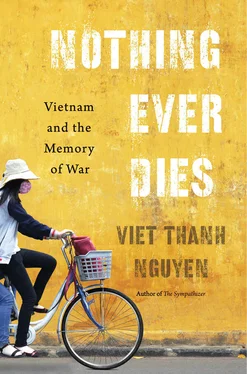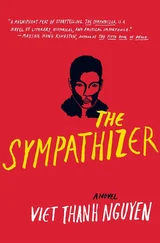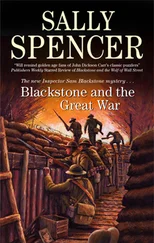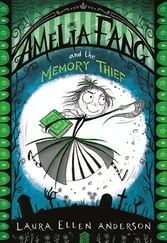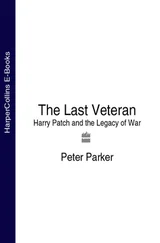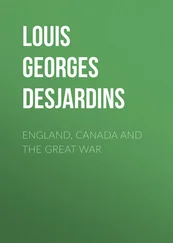Understanding that the violent ones, our enemies, are motivated not only by hatred but also by compassion and empathy — in other words, by love — gives us a mirror to recognize that our own compulsory emotions are just as partial, prejudiced, and powerful. Understanding this, we can see that we, too, inhabit the low ground, ready to exert violence despite any heady ambitions for transcendence. Powerful memory from the low ground provides this kind of reflection, although we can identify with or reject that image. I conclude with an example of a mirror image that shows how the enemy feels as viscerally as we do, if we are Americans: Nhat Ky Dang Thuy Tram ( The Diary of Dang Thuy Tram ). Dang Thuy Tram was a twenty-seven-year-old North Vietnamese doctor serving in the south when U.S. troops killed her in 1970. The American officer who recovered her diary kept it for decades before returning it to Tram’s family in 2005. Published in Vietnam later that year, the diary sold some 430,000 copies. 31For the English version, Tram’s family and the publisher selected the title Last Night I Dreamed of Peace , a sentiment extracted from two occasions in the diary. 32Mostly the diary is marked by its “hatred” as “hot as the summer sun” for the U.S. and South Vietnamese militaries. 33The emotion she offers differs little from the patriotism that Kingsolver criticizes, a patriotism shored up by deep feeling for one’s own and fear of the other. As Tram says, this diary “must also record the lives of my people and their innumerable sufferings, these folks of steel from this Southern land.” 34
The diary’s power for American readers arises from Tram’s love for her own comrades and her anger against Americans, not so much from the gestures at peace. She dreams of a peace that arises after the defeat of the enemy, the “vicious dogs” and “bloodthirsty devils” against whom she yearns for revenge. 35“It’s not my love for a certain young man that makes me feel and act the way I do,” she writes. “This is something immense and vibrant within me. My longings extend to many people.… What am I? I am a girl with a heart brimming with emotions.” 36Her diary makes clear that romantic love, revolutionary love, and compassion for one’s comrades and for the nation all share the same roots. Of a soldier who has just died, she writes that “your heart has stopped so that the heart of the nation can beat forever.” 37She describes feeling that she and her adopted brothers share “a miraculous love, a love that makes people forget themselves and think only of their dear ones.” 38But while being “profoundly compassionate” toward her wounded comrades, she also decries “American bandits.” 39
Ironically, Americans who patriotically hate others can understand Tram’s patriotic hatred for them. The compassion that American audiences can now feel for Tram and their former Vietnamese enemies comes from this shared patriotism and the kind of low feeling that originates in the gut. And while this compassion is belated, it emerges in a present indelibly shaped by the wars in Iraq and Afghanistan. In reading Tram’s diary at the time of its publication, the English title may evoke a cosmopolitan feeling on the part of readers, a sense that we should reconcile with our current enemies if we can make peace with our former enemies. So while “Last Night I Dreamed of Peace” is inaccurate in foregrounding a relatively insignificant theme in Tram’s writing, it nevertheless signals a hope for a broader peace than the one Tram imagined.
Cosmopolitanism and compassion magnify these glimmers of peace. Just as warfare needs patriotism, the struggle for peace needs cosmopolitanism to imagine the utopian future. Without such an imagination and without the expansion of compassion beyond the borders of our own kin, we resign ourselves to the world we inherit. Art, particularly narrative art, makes possible a “cosmopolitan education,” the philosopher Martha Nussbaum says, where we see others empathetically and see ourselves from the perspective of the other. 40Cosmopolitan education seeps into our minds and emotions through assumptions that our cultures create about the humanity or inhumanity of other cultures. An average American need never have gone to England or to a university to know Shakespeare’s name and hence feel, however dimly, a human connection with English culture. Even American tendencies against intellectuals, the elites, and the French would not prevent an average American from feeling that the French have done something worth being saved (or so I hope). This cosmopolitan education about certain others is enacted environmentally, through schools, encounters with works of art, and mass culture. Cosmopolitan education helps limit the violence we inflict on those we see as closer to us on the human scale, but cosmopolitan education also justifies us pouring ever-greater torrents of violence on those not included in our curriculum, on those we see as further away on the animal horizon.
We can measure the degree to which we have been educated about others via our approach to bombing. How many bombs are we willing to drop? What kinds of bombs? Where, and on whom? The indiscriminate, massive American bombing of Southeast Asia was possible because Americans already considered its residents inhuman or less than human. The nuclear bomb is another bomb test. In The English Patient , the novelist Michael Ondaatje depicts the atomic bombing of Hiroshima from the perspective the Indian sapper Kip, a soldier in the British Army. When he hears of the atomic bomb’s detonation, Kip has a flash of understanding: white people would never drop the bomb on a white country. For Kip, the harsh illumination provided by the bomb begins his decolonization, his recognition of the racism in Western civilization that allows Western technology to be used against non-Western people. As a novel, The English Patient both depicts what happens when one culture does not recognize another culture as equally human and is itself evidence against the racist belief that only whites can write. Against the terror of the bomb, The English Patient proves Maxine Hong Kingston’s claim in The Fifth Book of Peace that “war causes peace” through producing revulsion on the part of war’s witnesses. 41
Some might regard this as an overstatement, since writing back against racism, empire, and war, as Ondaatje does, takes place not on the universal scale but on the intimate scale of the individual artist and work. Scarry points to the inadequacy of individual works of art to enact significant change, with rare exceptions such as Uncle Tom’s Cabin or E. M. Forster’s A Passage to India . Many people likely share Scarry’s view about art, although with a less generous spirit. Those suspicious people who do not read literature or look at art may be skeptical about their purpose or use, questions not normally directed toward law, business, or government. But does the average lawyer or businessperson or bureaucrat make more difference, inflict more damage, or do more good than the average writer or artist? The average writer and artist, and the average book and work of art, need to be measured against their equivalents: average people in average jobs. Individual works of art should not be measured against daunting standards of making a universal difference or changing the world. Against such high standards, most of us count as failures, not just the average work of art or the average obscure writer. So compare the midlist novelist to the vice president of a regional bank; compare Shakespeare to Bill Gates; compare the novel to the computer; compare cosmopolitan education to war. Only with the appropriate comparisons can we say whether art, and the cosmopolitan impulse to see art as a means to peace, makes a difference. 42
Читать дальше
